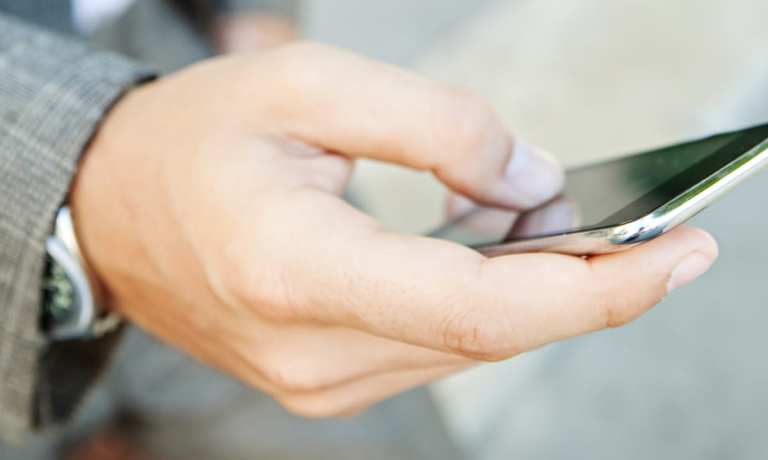Have phone, will bank. At least that’s the theory given the right set of financial products and services.
In the digital age, it is the mobile device that gives access to an ever-evolving stream of banking services by making it easy for individuals to tap into financial tools to help them improve their financial well-being.
And it is also the mobile device that gives companies — many of them marquee names in banking and Big Tech — the point of access to millions of consumers and households who, thus far, have yet to fully embrace banking beyond its most basic functions, such as a checking account.
Clearly there’s a disconnect here, since most of us have devices, yet a significant number of us are underserved by the traditional financial system, and thus would be defined as underbanked.
Underbanked Versus Unbanked
We’re quick here to differentiate the unbanked from the underbanked.
Advertisement: Scroll to Continue
To get a sense of where the lines are drawn, as estimated by the Federal Deposit Insurance Corp., there are 33 million unbanked and underbanked consumers in the United States. Drill down a bit, and about 7 million, or a bit more than 5 percent of the U.S. population, does not have access to either checking or savings. That leaves, by process of elimination, 26 million consumers who do have access to those basic services, but do not tap into other offerings such as loans or credit cards.
That’s a lot of customers, and a lot of untapped potential, of course.
In PYMNTS research tied to the Connected Economy, individuals are overwhelmingly familiar with wielding devices to transact and interact. As many as 92 percent of consumers have been online to make a purchase, and, overall, more than 85 percent have paid bills or managed banking activities online.
The Levels of Connectivity
That cuts across all levels of device ownership. PYMNTS estimated that super-connected consumers have at least six connected devices, but the average ownership of devices comes in at about five across the population, which indicates at least some point of saturation of hardware ownership, even taking into account that 33 percent of respondents earn between $50,000 and $100,000, and 33 percent earned less than $50,000 annually.
Pew Research data dovetails with these findings, estimating that 83 percent of people earning between $30,000 and $50,000 have smartphones, and 97 percent have cellphones; 96 percent earning above $75,000 have smartphones.
The ubiquitous nature of the devices may not square with the underbanked stats. In fact, the data hints that the tools are in place to embrace more banking options; all that’s needed is for the companies to introduce them.
As i2c CEO Amir Wain told PYMNTS, “One way to think about [the underbanked] is, if you don’t feel like a VIP at your bank, you are underbanked. The questions for consumers to ask are: Does my bank really treat me as an important customer? Do they meet my financial needs? Do they treat me like a good customer?”
That opens up the market for banks to bring a broad range of innovation to their end consumers that touch on debit cards, checking, financial management tools, and, eventually perhaps, even central bank digital currencies (CBDCs).
In recent months, we’ve seen announcements geared toward bringing banking to the proverbial masses as Big Tech, commerce giants and others are debuting financial products.
In one example, Walmart’s MoneyCard, issued by Green Dot Bank, is now being offered as a debit card linked to a demand deposit account (DDA) instead of a prepaid card. The Walmart MoneyCard features overdraft protection, direct deposit and interest earned on savings. The new MoneyCard solutions are intended to enable people to seamlessly manage their finances using new tools that will be enhanced over time. We contend that this is further proof of the rise of the super-app, in which connectivity ties finance into commerce at a single point of access.
Elsewhere, PNC Bank said it received is certification from the Cities for Financial Empowerment (CFE) Fund (a nonprofit) for a second bank account that limits fees. The bank will charge $5 a month, but the checking account will have no charges for overdrafts or insufficient funds, which helps users sidestep the fees that may otherwise hamper them from actively using financial products and services.
Goldman Sachs has launched Marcus Invest, which is geared toward the retail investor and follows on the heels of Marcus with loans and deposits.
And as PYMNTS reported earlier in the month, OppFi CEO Jared Kaplan said the underbanked need new digital front doors in an environment where traditional credit scoring mechanisms used by banks fall short in providing those consumers loans or credit cards. OppFi helps banks extend credit to consumers who have lacked access in the past and includes educational modules designed to teach people how to budget and take better care of their finances while connecting them to its bank products.

